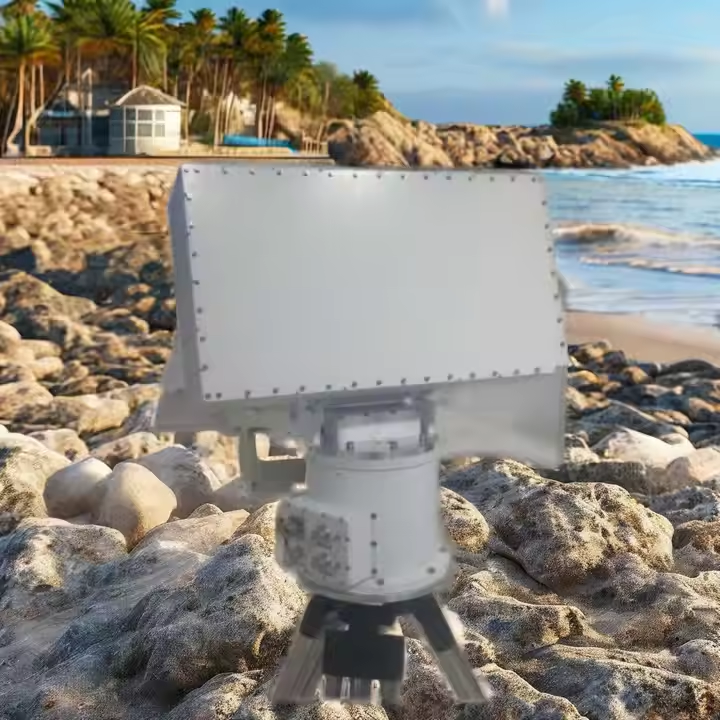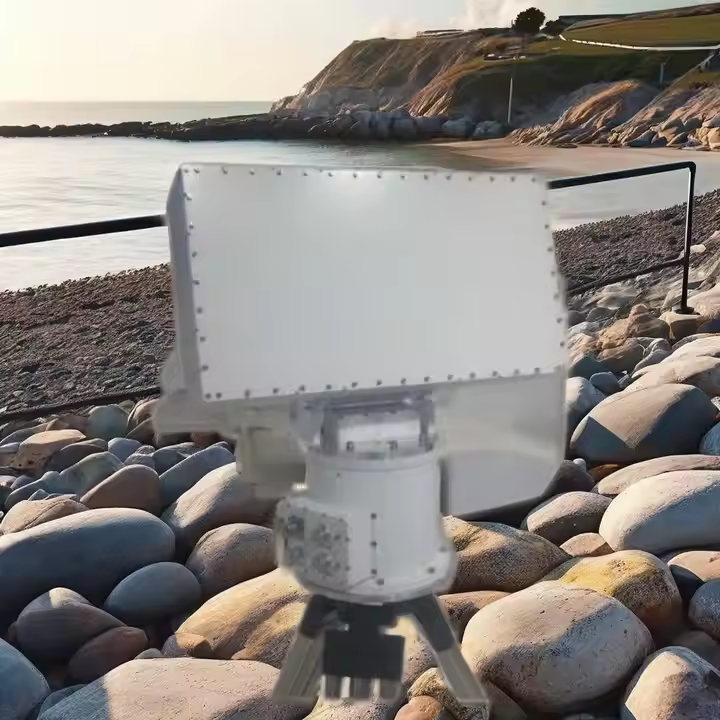quality detetction radar
Quality detection radar represents a cutting-edge technological solution designed to ensure precise measurement and inspection capabilities across various industrial applications. This sophisticated system utilizes advanced electromagnetic waves to perform non-contact measurements, enabling real-time quality control and defect detection. The radar operates by emitting high-frequency signals that bounce off target objects and return to the sensor, providing detailed information about material properties, dimensional accuracy, and structural integrity. The system incorporates state-of-the-art signal processing algorithms that can detect subtle variations in material composition, thickness, and surface characteristics. With its ability to penetrate various materials and operate in challenging environmental conditions, quality detection radar has become an indispensable tool in manufacturing, aerospace, automotive, and construction industries. The technology excels in identifying defects such as cracks, voids, and material inconsistencies that might be invisible to the naked eye or traditional inspection methods. Its non-destructive nature ensures that products remain intact during the inspection process, making it particularly valuable for high-value components and materials.


